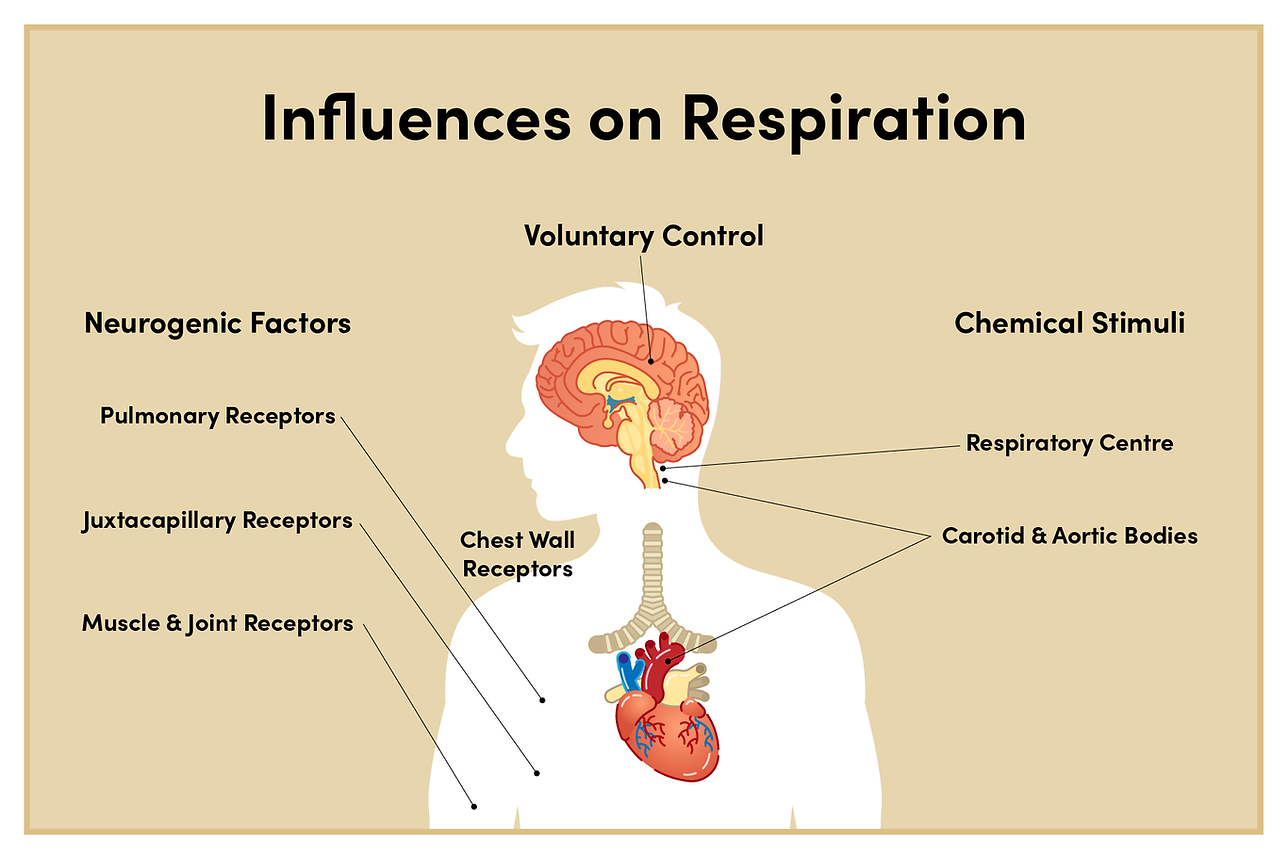Do you find yourself sighing frequently? Feel like you can’t take a deep enough breath? Or maybe you feel breathless with exercise before or more than you should. These are signs that you may have a breathing pattern disorder.
I Don’t Have Lung Disease, How Can Breathing go wrong?
Although it may seem simple, breathing is actually very complex. The breathing centre in the brain receives inputs from various places in the body – from stretch receptors in the lungs (giving feedback on the amount of air in the lungs), to chemical (oxygen and carbon dioxide) receptors in the brain and arteries, to muscle receptors in the chest wall and body.

We also have voluntary inputs (like blowing up a balloon) and emotional inputs (laughing, crying) that will determine what kind of breathing pattern we have. Just like many things in the new, high-tech world (like washing machines), the more complex something is, the more opportunities there are for things to go wrong.
What is a Breathing Pattern Disorder?
Like breathing itself, breathing pattern disorders are complex. They can rarely be narrowed down to one thing, and often involve multiple factors. They may have musculoskeletal implications – like poor posture or a chronic injury that changes how you use muscles involved in breathing. They may have a psychological basis, where fear of breathing (or not breathing) impacts how you breathe. Or there may be some respiratory factors involved, like asthma, that affect your breathing pattern - which in turn affects your symptoms.
Probably the most basic and inclusive definition to use for breathing pattern disorders is: breathing inappropriately for your body’s requirements, which leads to persistent, troubling symptoms.
How Would I know if I had Breathing Pattern Disorder?
Breathing pattern disorders aren’t easily identifiable – it’s not like breaking a wrist or spraining an ankle, where the diagnosis is easy to come by. Often, clients come in after going through exhaustive testing with still no answer to their problems. The following is a list of symptoms that often accompany breathing pattern disorders:
- Headaches
- Breathlessness
- Palpitations
- Light headedness
- Tingling or numb lips or extremities
- Upset stomach or irritable bowel syndrome
- Achy muscles or joints
- Tiredness, weakness, broken sleep and nightmares
- Dry throat, frequent swallowing
- Anxiety
- Unexplained pain

So How Are You Breathing?
Here is a quick check to see how your breathing stacks up.
- Place one hand on your chest and one on your belly.
- Observe your breathing for one minute. Are you breathing through your mouth or your nose? Is the hand on your chest moving more, or the hand on your belly? Is your breathing fast, loud or full of effort?
You should notice that:
- You are breathing through your nose
- Your hand on your belly moves first and the most
- Your breathing rate is slow, ideally between 8-12 breaths per minute
- Your breathing is quiet and easy
CONTRIBUTED BY: Jessica DeMars, Respiratory Physiotherapist BSc.P.T, MSc


.png)


